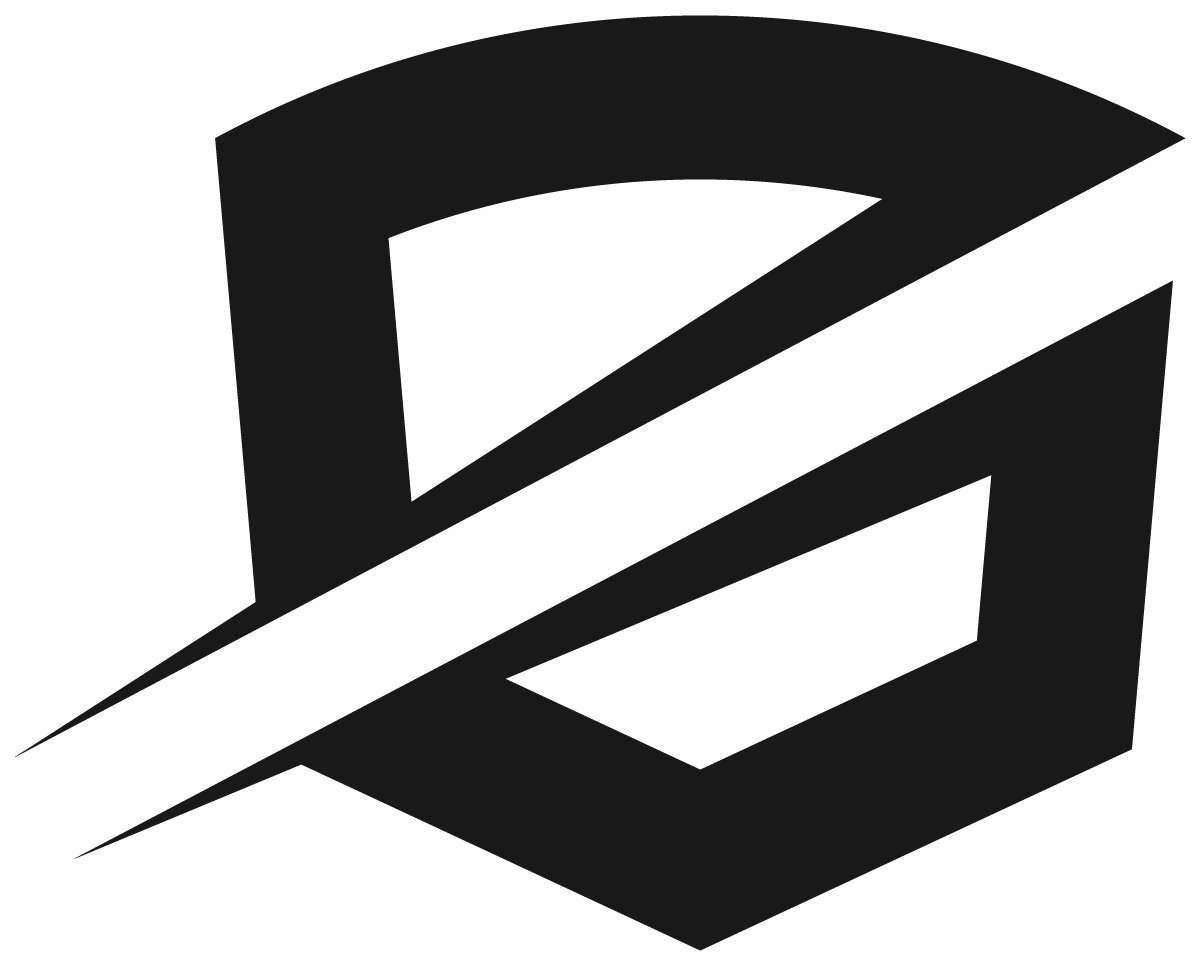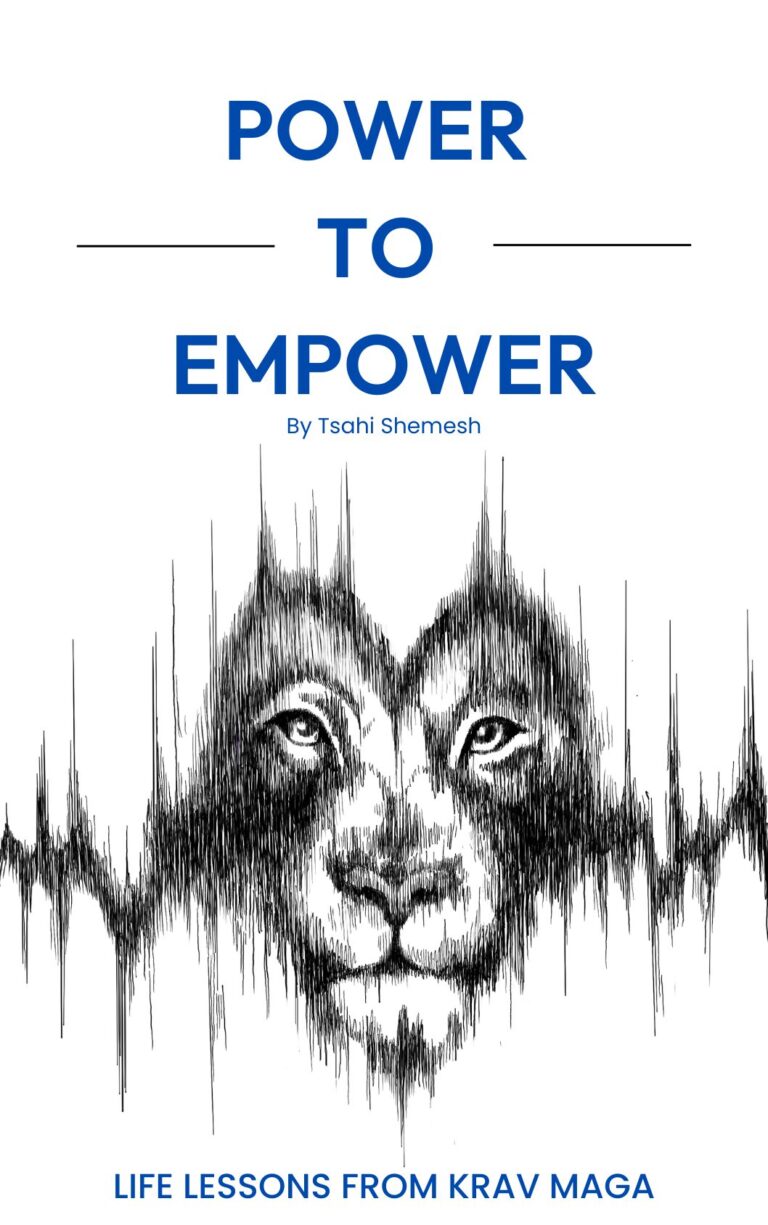Carl Jung’s Shadow and the Psychology of Real Self-Defense
Most people consider themselves good. They’re polite, empathetic, and avoid confrontation. They apologize quickly, keep their voice down, and do their best not to disturb the peace. But when danger comes, or life tests them with chaos and pressure, that goodness often turns into paralysis. I’ve seen it happen too many times to count—students who walked into class after something happened to them, not because they wanted to learn how to fight, but because they realized too late that being nice wasn’t enough.
Carl Jung, the Swiss psychologist who laid the foundation for much of modern depth psychology, had a warning for people like this. He believed that “goodness,” as society defines it, can be dangerous when it’s disconnected from awareness and power. Jung introduced the concept of “the shadow”—the unconscious part of ourselves that contains everything we reject or suppress. That includes our capacity for rage, jealousy, violence, selfishness, and even cruelty. We like to think those traits don’t belong to us. But Jung was clear: they do. And if you don’t confront those aspects of yourself, they don’t disappear—they control you from the dark.
This is something I try to teach without needing to use words like psychology or spirituality. You don’t have to read Jung to see what he meant. All you have to do is watch what happens to someone in a real moment of crisis.
The person who’s never yelled in their life suddenly doesn’t know how to assert themselves. The person who prides themselves on empathy freezes when someone steps into their personal space aggressively. The person who says they’re peaceful can’t explain why they didn’t say a word when someone threatened them or crossed a line. They didn’t lack morals. They lacked integration. They didn’t know they had a shadow, and they had never rehearsed what it would feel like to stand up and say “no” with their full body, voice, and intent.
This is why I believe self-defense is not just a physical discipline—it’s psychological preparation. It’s about knowing not just what you would do to someone else, but what you are capable of doing, and under what conditions you are willing to do it. In my article Self-Defense vs Fighting, I explain the difference between reacting out of fear or ego, and responding with clarity and control. That’s what Jung was really trying to teach—own your capacity for destruction, so you don’t become a slave to it when you’re threatened.
People who don’t believe they are capable of harm often think that their restraint is a sign of virtue. But restraint that comes from fear is not virtue—it’s fear in disguise. And when that fear meets a real threat, it either collapses or panics. Jung’s perspective wasn’t about promoting violence. It was about helping people develop the psychological maturity to know their limits and capabilities—not to abuse them, but to choose consciously when and how to act. That is what true strength looks like.
There’s a story I wrote about in From Bystander to Upstander, where a student of mine—who had feared for years that if he ever fought back he might lose control—was finally attacked on the subway. His reaction surprised even him. He didn’t explode. He didn’t blackout. He didn’t retaliate violently. He calmed the attacker. And for him, that moment wasn’t about learning how to fight. It was about proving to himself that the work he had done—on the mat, in training, in life—allowed him to control the situation without losing himself. That’s the kind of integration Jung was pointing to. It doesn’t make you dangerous. It makes you capable.
One of Jung’s most well-known phrases is that enlightenment doesn’t come from imagining figures of light, but from making the darkness conscious. What he meant is that we don’t grow by pretending to be good. We grow by facing the parts of ourselves that scare us, that feel socially unacceptable, that might not align with our self-image. For many people, that includes their ability to be angry. To be assertive. To demand space. To hit back. And yes—to defend themselves and those they love without asking for permission. But in order to make that choice, they first have to believe that those traits exist in them at all.
In my article The Paradox of Choice, I wrote about another student who avoided confrontation at all costs—until someone blocked her inside an elevator in a New York subway. He didn’t touch her. He didn’t say a word. But he stood in the doorway, controlling her movement, and she froze. She left physically unharmed, but that moment followed her long after. She didn’t “choose peace.” She simply didn’t know what else to do. Her survival wasn’t a result of training or awareness. It was luck. And as I always say—luck is not a plan.
The truth is that most people are not taught how to recognize power, let alone use it. They are taught to associate power with corruption, violence, or egotism. But when you reject power entirely, you become its victim. Jung didn’t want people to glorify their shadow. He wanted them to own it. To understand that you can be kind and still dangerous. That you can be compassionate and still know how to fight. That peace is not the absence of aggression—it is the mastery of it. Controlled aggression is not rage. It’s not emotional chaos. It’s a trained, focused, and ethical response to a situation that demands clarity and force. And you can’t fake that. You can’t read about it. You can’t download it. You have to train it.
If you want to protect what you love, you have to know how to be strong. If you want to walk through this world with confidence, you have to confront what you’re capable of—and then choose when to use it. This is the foundation of self-defense, but it’s also the foundation of personal growth. We don’t teach people to be violent. We teach people to be prepared. We teach people to move through life without fear—not because nothing bad will ever happen, but because they’ve trained themselves to handle it if it does. That includes training your voice, your reflexes, your mindset, your body language, your decision-making, and yes—your shadow.
Jung’s message isn’t about turning people into something they’re not. It’s about helping people become whole. You don’t have to choose between being “good” and being “strong.” But if you only chase one and ignore the other, you’ll always be out of balance. A good person who refuses to face their inner darkness is not safe—they’re naïve. And a strong person who hasn’t anchored that strength in values becomes a threat to others. But when you put the two together—self-awareness and power, light and shadow, clarity and capacity—you get someone who can walk in peace, not because they’re harmless, but because they’re in control.
Do something amazing,
Tsahi Shemesh
Founder & CEO
Krav Maga Experts
Related Posts:


1 comment